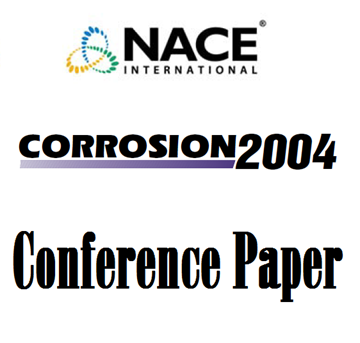Search
Novel Solution For Corrosion Coupon Access Fitting Abandonment
Also Purchased
Naphthenic Acid Corrosion And Sulfidic Corrosion In Crude Oil Fractions
Product Number:
51322-17533-SG
Publication Date:
2022
$20.00
51314-3934-Evaluation of the Effectiveness of Online Corrosion Monitoring Utlizing Electrical Resistance Linear Polarization Resistance Coupon Within Hydrocarbon Systems
Product Number:
51314-3934-SG
ISBN:
3934 2014 CP
Publication Date:
2014
$0.00
04528 High Temperature Electrochemical Corrosion Rate Probes for Combustion Environments
Product Number:
51300-04528-SG
ISBN:
04528 2004 CP
Publication Date:
2005
$20.00
Recently viewed




